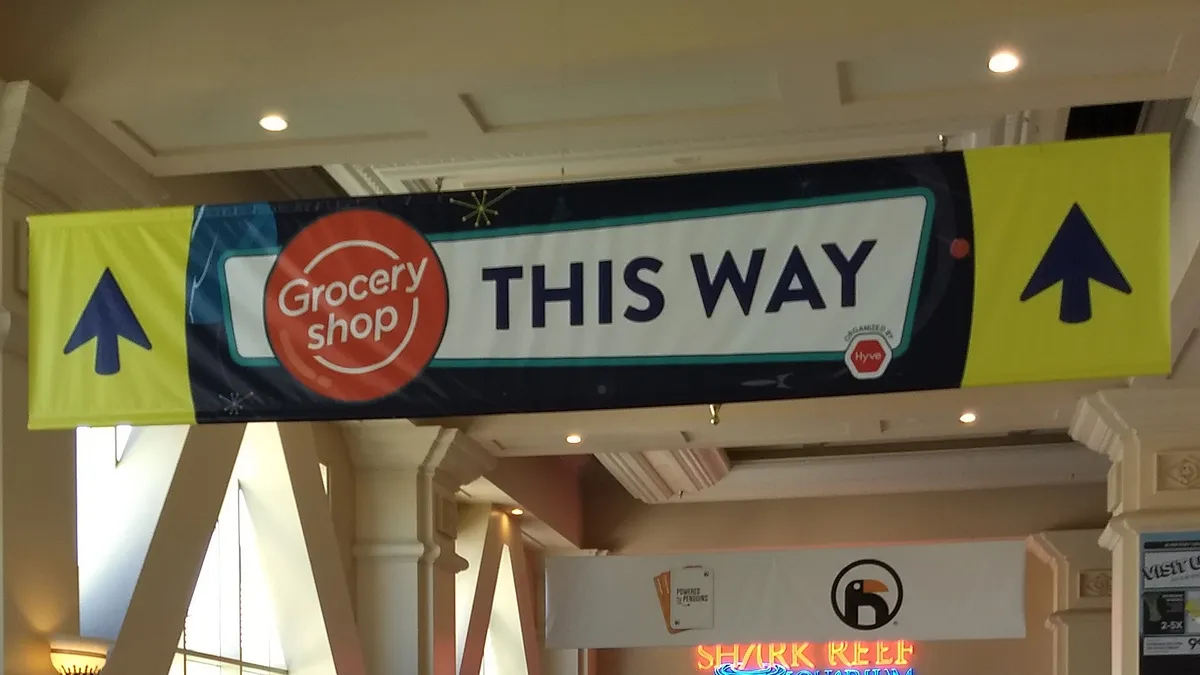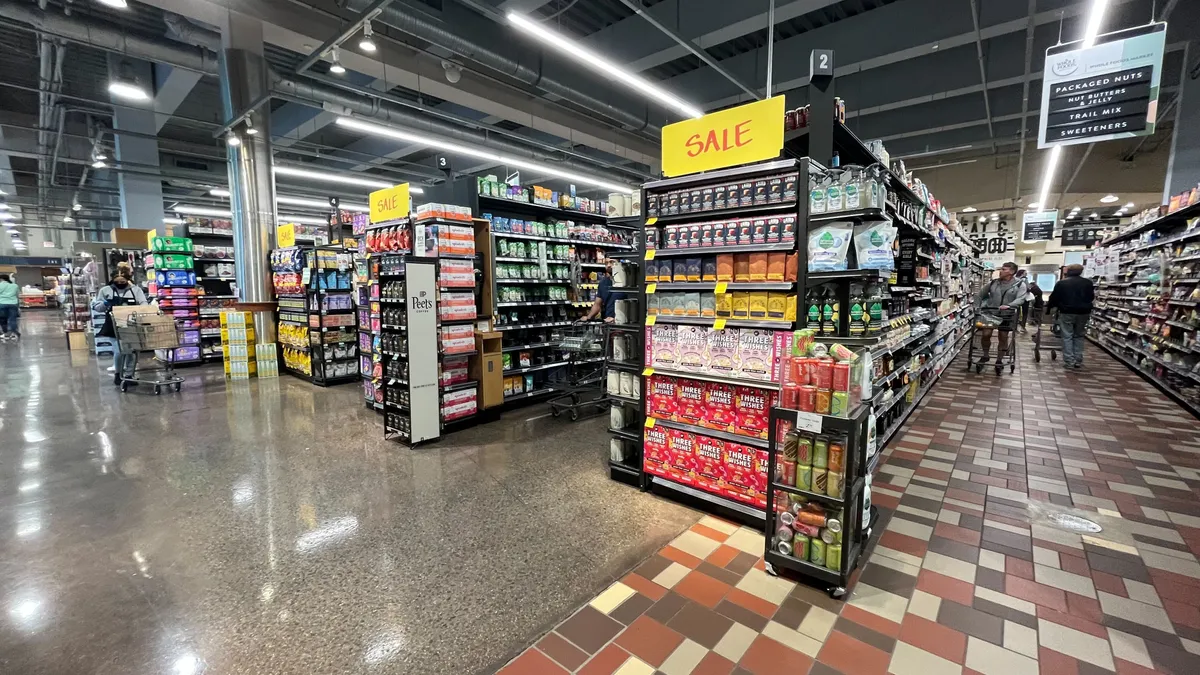Dive Brief:
- The Food and Drug Administration announced it fully intends to implement the menu labeling law slated to take effect next year, according to a statement from Food and Drug Administration Commissioner Scott Gottlieb. The FDA released a draft guidance Tuesday for supermarkets, restaurants and convenience stores to use as they bring their locations into compliance with the law, which requires establishments with 20 or more locations to prominently display calorie counts on foodservice and prepared food items.
- The FDA is offering only minor concessions to industry groups that had opposed the law, according to multiple sources. In his statement, Gottlieb said marketing materials like billboards and mailers do not qualify as menus, and thus won’t require calorie listings. To make it easier for retailers to list calorie counts at prepared food and beverage stations, Gottlieb noted, the FDA will allow establishments to list calories on a single sign within the department rather than next to every item on display.
- The announcement is in keeping with Gottlieb’s August statement noting the agency would implement menu labeling as scheduled following a one year delay issued in May. In September, the FDA signed an agreement with consumer activist groups that had threatened to sue the agency, stating it would indeed implement the law next year. The consumer groups, the Center for Science in the Public Interest and the National Consumers League, agreed to stay their motion in return.
Dive Insight:
After the Food and Drug Administration delayed menu labeling compliance by one year back in May, the future of the law seemed up in the air. In August, however, FDA Commissioner Scott Gottlieb issued a statement in support of the rule, and noted that he intended there to be no further delays.
The following month, the FDA took another step signaling its intent to honor the May 2018 labeling deadline. In September, FDA signed an agreement stating the law would not be delayed any longer, ending a lawsuit filed by the Center for Science in the Public Interest and the National Consumers League after the delay went into effect.
In the statement issued yesterday, Gottlieb reinforced his position that Americans need more uniform access to nutrition information at the places where they’re buying meals.
“In considering how and what information to make available, we have taken into account the significant variation in the ways Americans purchase foods — ranging from traditional restaurant menus to the growth in grab-and-go foods at grocery and convenience stores,” Gottlieb noted. “Importantly, our approach also makes sure that these provisions can be efficiently implemented by restaurants and similar retail food establishments and sustained for the long run.”
A key concern grocery operators have with uniform calorie labeling is the highly variable nature of grocery foodservice. Unlike restaurants, which have a single ordering point, supermarkets offer prepared foods in a variety of different formats at different points throughout the store. Self-service hot and cold bars, grab-and-go cases, freezers and deli counters are just a few of the places where customers get their food. Grocers are also frequently changing their menus and ingredients, and offerings often vary from store to store.
Responding to this, Gottlieb said that retailers don’t have to post calorie information next to every food item. They can post a single sign that lists calorie counts for every menu item available.
It’s somewhat surprising to see the FDA coming out in support of menu labeling several months before the deadline, considering the Trump administration’s distaste for regulation. At the same time, many retailers have already implemented menu labeling inside their stores. For retailers like SpartanNash, which put up digital menu boards in delis and signs throughout its bakery, salad bar and prepared food departments in 83 Family Fare Supermarkets, implementation will mostly be a formality.









